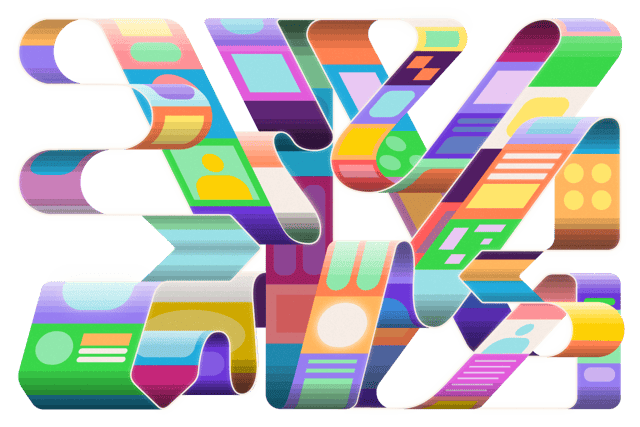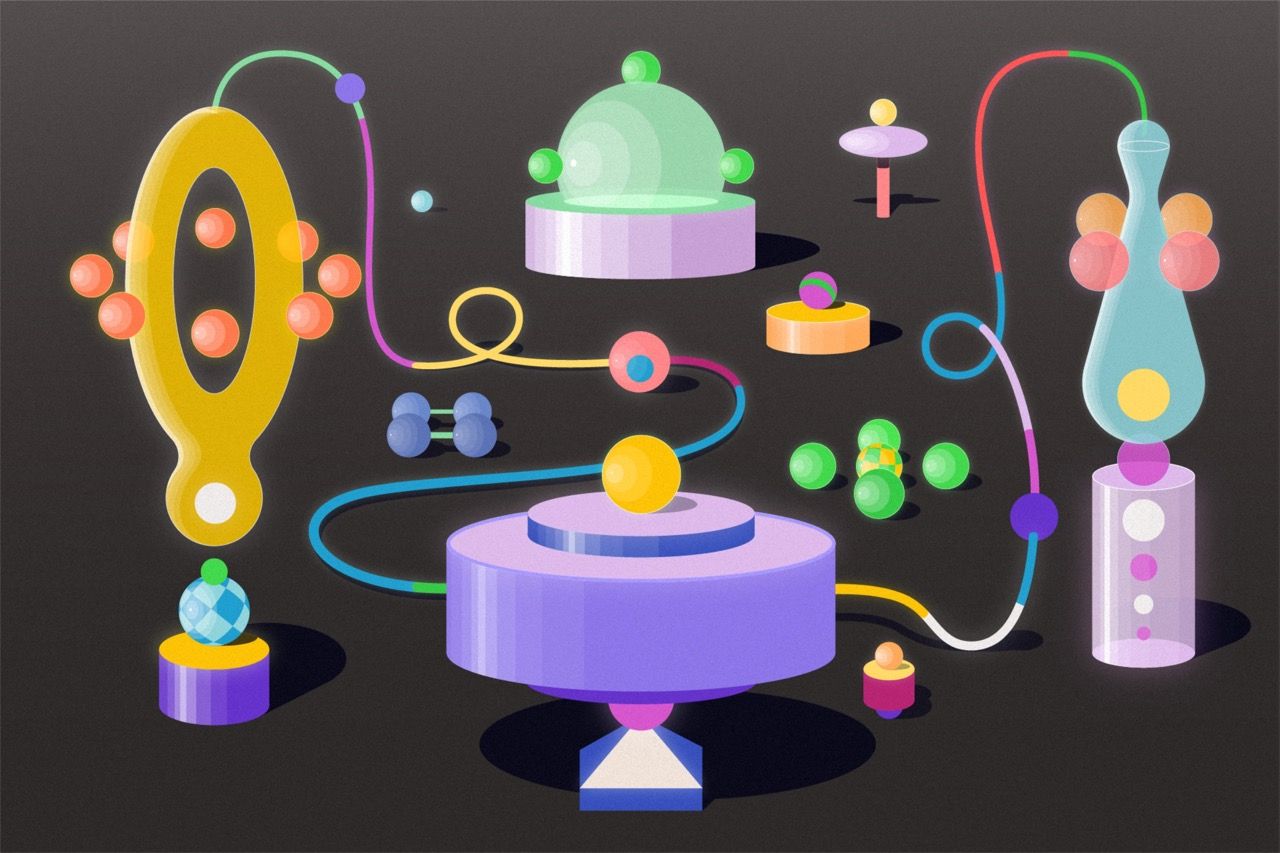Rigorous, Participatory, Public Research

Our work derives from rigorous application of the scientific method: observation, hypothesis generation, prediction, experimentation, and results analysis, interpretation, and reporting. We strive to bring into awareness and clearly communicate the biases, assumptions, blind spots, and limitations in our methods, data, and findings. And we make our work public, through our partners, on our website, and in peer-reviewed publications.
We always put our expertise in service of the communities and partners we work with, integrating them in every stage of our work, from research design and sampling to interpretation and reporting. And we never compromise our integrity and independence as researchers. We do not accept funding that would require such compromise.
We partner with a wide range of organizations and communities on issues of existential importance, like climate, denuclearization, racial justice, gun safety, immigration, artificial intelligence, and more. One of the first papers we co-authored looked at fracking narratives in documentary film.
Data Platform + Transparent, Principled Data Practices

Media data live inside media companies, and there are few incentives or precedents for making them available for research. So we’re grateful that Nielsen, Comscore, Peakmetrics, and others donate to us: media consumption panel data for 300,000+ people in the U.S., across broadcast television, streaming, desktop, mobile, and tablet; and media content data, including television closed captions, online news text, social media posts, videos and transcripts from YouTube and Tiktok, metadata, and more. All panelists opt in and are compensated for panel participation, and all data are anonymized prior to ingestion.
By engineering these two kinds of data into one platform, called the Narrative Observatory, we gain a minute-by-minute view into how people (actual people, not bots, hashtags, or inauthentic actors!) move through media content, across sites and devices. We can see patterns in how people engage with media and form into audiences and networks, and in the content they consume and create, all based on media behavior, not survey results.
Our in-house team of engineers and data scientists is vigilant to keep data safe and secure, and, in our reporting, to prevent de-anonymization and protect the communities we work with. We always strive to bring into awareness and clearly communicate the biases, assumptions, blind spots, and limitations in our methods and data, especially when we build models and assemble annotations for models, which we do with annotators we employ directly.
Exploration, Invention, Creativity

Too much intelligence ends up in difficult to discover white papers on websites, after a single use. We are always experimenting with different formats for delivering intelligence that partners can use, again and again, as tools that elevate their work, and also surprise and delight. This requires a discipline of listening and innovation.
It also requires collaboration. That’s why we have a multi-disciplinary, multi-skilled team, who are not just researchers, data scientists, engineers, and strategists, but also poets, artists, filmmakers, futurists, and other refugees from commercially focused creativity. We maintain a big advisory board, and a growing community of partners and repeat collaborators who regularly contribute to our work.
We support a network of academic researchers too, from leading universities like Brown, George Washington, Stanford, Northeastern, and The Hertie School. They use our data and our secure cloud-based analysis platforms to build basic knowledge and extend our creativity. This helps us keep ahead of rapid developments in media and continue to make research that is widely circulated, impactful and a thing of beauty.
FAQ
Your work has become essential to our team. How can we support it?
About half of our funding comes from grants from private foundations and half from fee-for-service work with partners. When Bill & Melinda Gates Foundation funded the prototype of the Narrative Observatory, it was envisioned as evergreen infrastructure to serve the emerging field of narrative and cultural strategy. This vision has become a reality, as we’ve come to work with many of the organizations pioneering narrative change. But the data and talent required to do behavioral media research are expensive, and a delta persists between the actual cost of doing this work and what many of the advocacy organizations we work with are able to pay. If you are an institutional funder who shares our vision for research infrastructure that supports your grantees’ work, then we need your financial support. We’re also working on exciting new tools, like the Democratic Media Index, which need seed funding. Aside from funding, we always appreciate people using, sharing, and talking about our work. Your support, feedback, and participation are essential to what we do!
What kind of projects is Harmony Labs most interested in?
We’re most interested in work that promises to bring media into better balance with human being, in service of our communities and the planet we share. That’s our vision, which we work toward by researching and reshaping our relationship with media. As a not-for-profit 501(c)3 media research lab, we’re most interested in impact. Honestly though, we really love breaking challenging new ground: working with a different kind of data, inventing a method, making something wild and unique. We’re a lab, after all, not a company building efficiency and scale through repeat delivery.
What do you actually produce for partners and how do they use it?
Most of the work we do is developed in conversation with partners to serve their unique needs. Our partners include advocacy organizations, institutional funders, media brands, agencies, media makers, and artists, who want to harness the immense power of media to shape a positive pluralistic future. In general, we provide our partners descriptive insights into: audiences and how they exist in today’s complex media cultures; and the latent patterns in content audiences engage with, such as narratives or networks. These insights have helped inform strategy development, make media, and align or educate grantees and creative cohorts. We also support the development, validation, and evaluation of narrative and cultural strategies through empirical testing. We report on and deliver findings based on what our partners need. So far we’ve made presentations, websites, workshops, white papers, toolkits, curriculum, peer-reviewed publications, and media.
Where do your data come from?
Most of our data come to us from commercial partners through data philanthropy agreements. Our partners are eager to see their data serve the general public, contribute to science, and help balance society’s relationship with media. Our data partners include Nielsen, Comscore, Peakmetrics, and TVEyes. We’re grateful to them for supporting our work. We have a wiki on our data practices, principles, and methods, if you’d like to know more. Just email us to start a conversation.
What are your data practices around privacy and security?
As a 501(c)3 not-for-profit media research lab, we are bound to serve the public good. Therefore, to all our work with data, we apply strict principles and practices. For instance, we only ingest, use, and store data that supports our mission. We anonymize prior to ingestion any data containing personally identifiable information. We maintain robust security, limited access, and encryption, adhering to the principle of least privilege. (Which means that the Harmony Labs’ team, partners, and technical infrastructure are only given access to the resources and permissions necessary to complete pre-specified goals.) Our applications and supporting software are able to interact only with specific services and data, limiting unintentional cross-contamination and spillage. Annual independent security audits validate our commitment to data security and strong access controls. In addition, we adhere to the highest standards for scientific integrity, striving to bring into awareness and clearly communicate the biases, assumptions, blind spots, and limitations in our methods, data, and findings. We have a wiki on our data practices, principles, and methods, if you’d like to know more. Email us to start a conversation.
So the Narrative Observatory is a social listening tool, right?
The Narrative Observatory differs from social listening tools insofar as it centers audience, the lived media experience and behaviors of actual people. At the core of the Narrative Observatory’s data infrastructure are nationally representative audience panels from Nielsen and Comscore that offer visibility into what over 300,000 people in the U.S. are actually doing online and on TV, across desktop, mobile, and other devices.
Putting these audience panels at the heart of what we do means we’re not just counting tweets, hashtags, articles produced, or bot traffic. Nor are we relying on self-reporting from surveys to know which media to pay attention to. We’re only counting and analyzing content that actual people actually engage with. Which is what sets us apart from many media listening tools, and a lot of narrative and media research too.
To those audience panel data, we join terabytes of content data: TV transcripts, online news articles, YouTube videos and transcripts, social media posts, and more. These data allow us to look across media types for patterns in the actual content people choose to consume. We use machine learning models to help us with at scale content analysis, of course, but the training data for these models are always generated by actual audience members reading and making judgements about content. Judgements like: is this content about X issue? Or does this content represent Y narrative? This is time consuming and expensive, but, through trial and error, we’ve found it to be the only way to produce accurate, meaningful, actionable results.
Also, the Narrative Observatory is not a self-service dashboard, like many social listening tools. It’s data infrastructure we use internally to consult with and support our partners.
How do I get access to your data?
We make available to academic researchers many of the data donated to Harmony Labs by our commercial partners. The terms and conditions for data availability and use derive from our partner agreements, and we strive to integrate data sharing into these agreements, whenever possible. So if you're an academic researcher and would like access to our data, please email us to start a conversation. The researchers we work best with: have a clearly defined project or research focus which our media data can contribute to; possess the technical skill to manipulate massive, text-based datasets in R or Python; have experience working with a remote cloud-based server; and are eager to enter into a collaborative relationship and contribute to documentation regarding their work with Harmony Labs. We have a wiki on our data practices, principles, and methods, so email us if you’d like to know more.
I’m an academic researcher. Do I have to pay to use your data?
As the number of researchers we work with grows, we’ve adopted a tiered pricing structure to help cover ever increasing infrastructure, storage, processing, and support costs, while making data and resources available to as many researchers as possible. We’d like to see all researchers benefit from our data in ways that are appropriate to their needs and means. We encourage you to email us to discuss your research project.